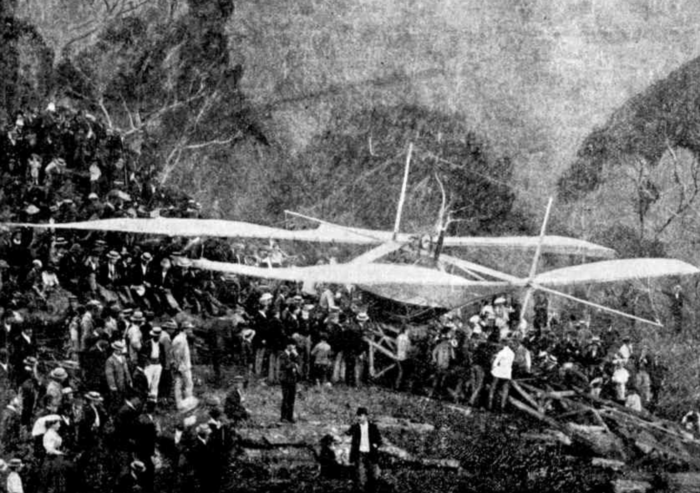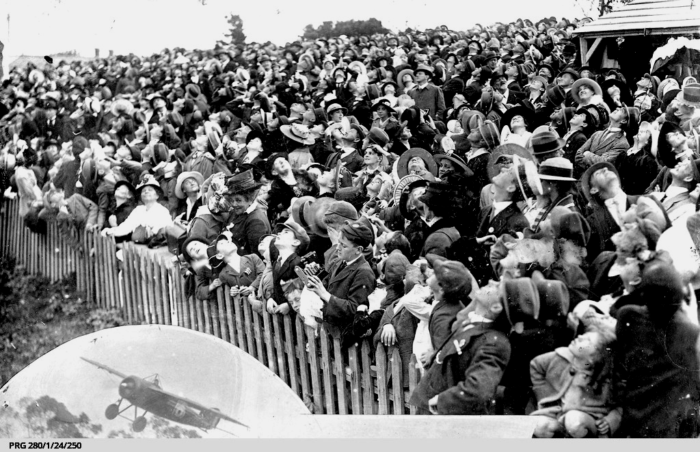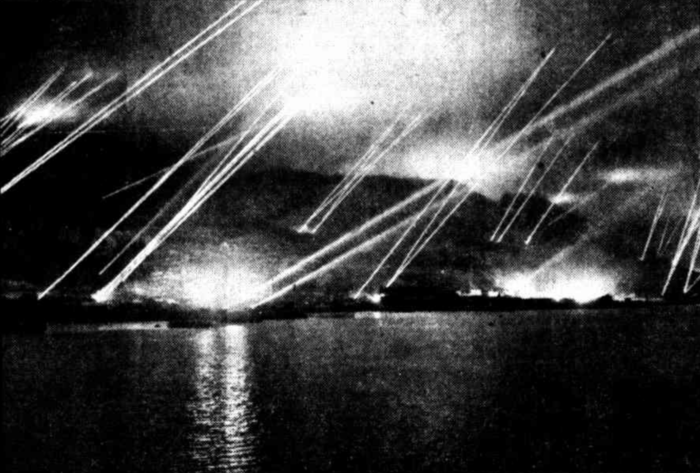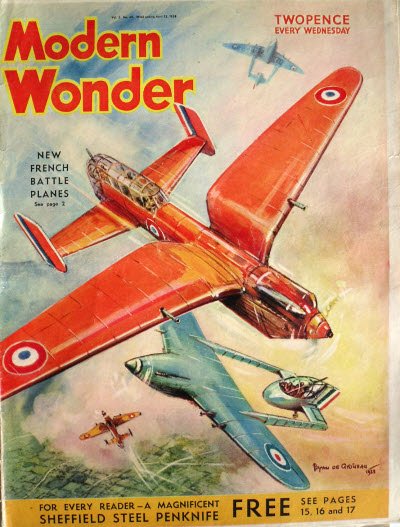
For nearly four years from May 1937, Modern Wonder (Modern World from March 1940) was a British weekly magazine, priced at 2d. and aimed at, presumably, boys and young men who were interested in high technology, big machines and vehicles that go really, really fast -- sometimes fantastical, but mostly real, if on or near the bleeding edge. There don't seem to be any full issues online, but you can get a feel for the content at Blimey!, and from the issue indices (and the covers!) at Galactic Central. Every issue seems to have been filled with battleships, spaceships, airships, etc. So, something like the American Popular Mechanics or Modern Mechanics , etc, or a more down-to-Earth Electrical Experimenter. Which is interesting, because this publishing niche wasn't filled to anything like the same extent as in the United States.
The covers, which I'm looking at here, are similarly both quite vivid but not quite as over-the-top as their American equivalents. Of course, a significant number (though not the majority) were aviation-themed. The above, from the 19 May 1938 issue, showing an unmarked Armstrong Whitworth Whitley tangling with a balloon barrage, is reminiscent of Dare-Devil Aces, but unfortunately (for me, anyway) is the only battle scene I can find. Here are the other covers featuring aviation prominently, along with the title of what seems to be the relevant story (which doesn't always exist). Feel free to jump in and tell me where I'm wrong!
...continue reading →







